The Paphiopedilum praestans Komplex
There has been a lot of speculation about this group of plants in recent decades and the individual plants have been given different names several times.
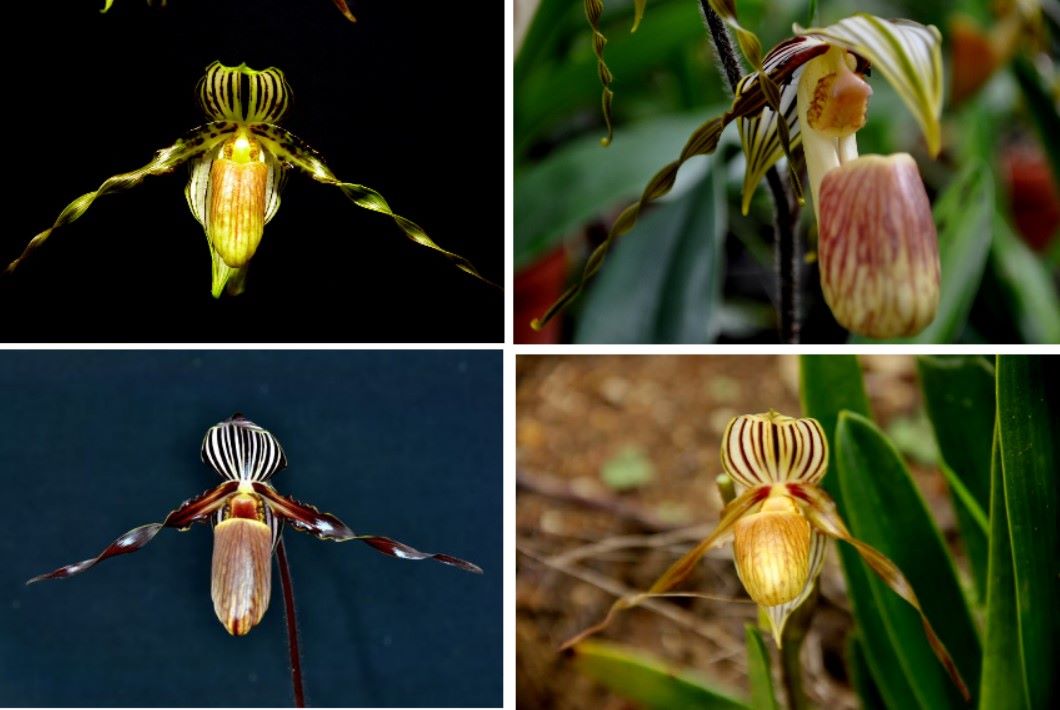
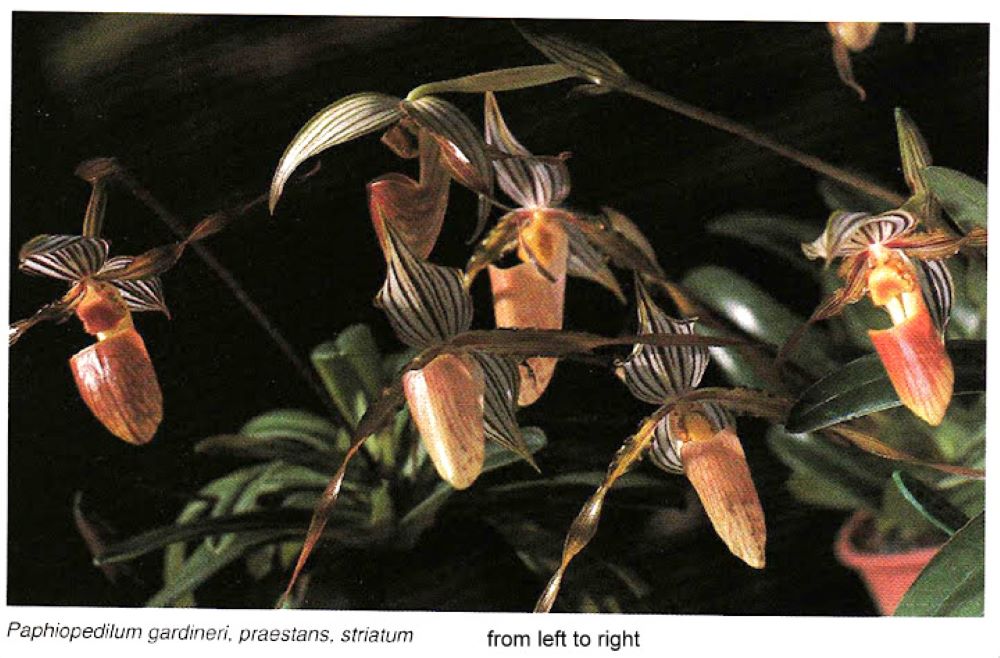
I once tried to collect all the information about this complex here. I would like to thank the editors of Orchid Digest, Rolf HERRMANN, Roger KRAMER, Herbert REISINGER and Wolfgang BANDISCH (http://www.orchidsnewguinea.com/) for using existing images in this article. These unique images are worth being shown here rather than disappearing into any archives.
A good overview of this group of plants can be found in Orchid Digest Issue 3 1995 by Leslie A. GARAY. Dr GARAY is a former director of the Oakes Ames Orchid Library and Herbarium at Harvard University. He is a world authority on orchid taxonomy. He then had the opportunity to access the larger collection of Mrs. Ralph LEVY of Memphis, Tennessee, who cultivated and flowered several different plants from this group. Furthermore, he was able to draw on various image material from the location of these plants. He has looked in detail at the herbarium specimens and drawings of all the species mentioned here.
Based on the shapes of the respective staminodes, GARAY has defined the species as follows:
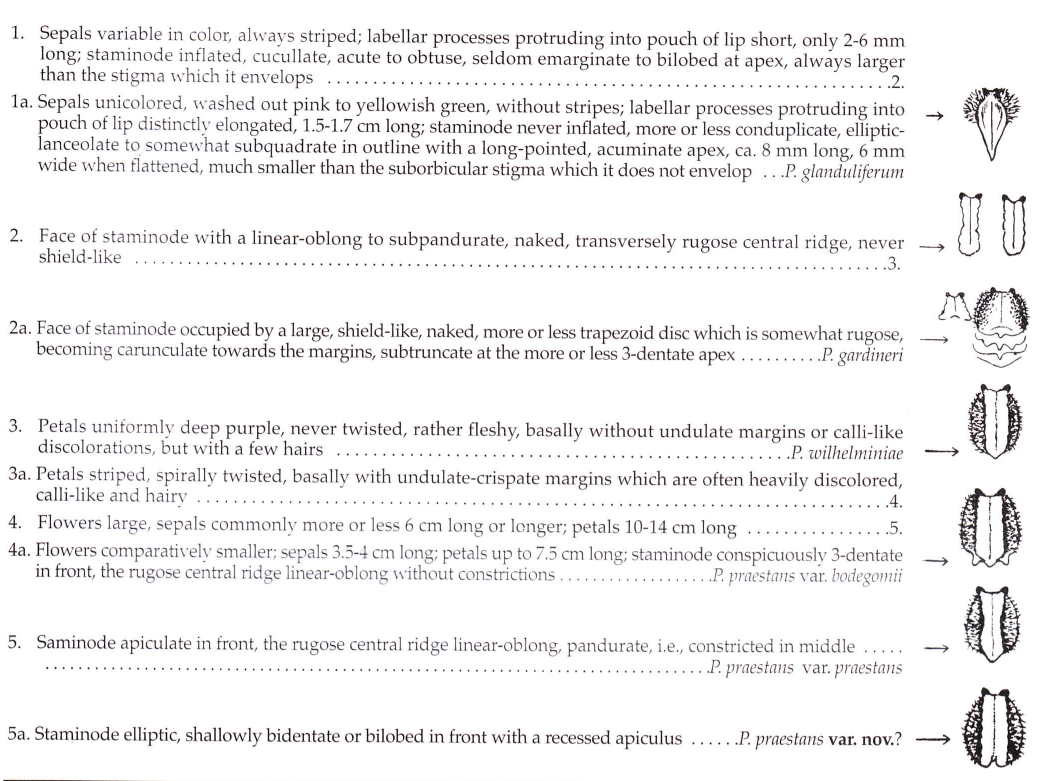
Paph. glanduliferum (BLISTER) STEIN
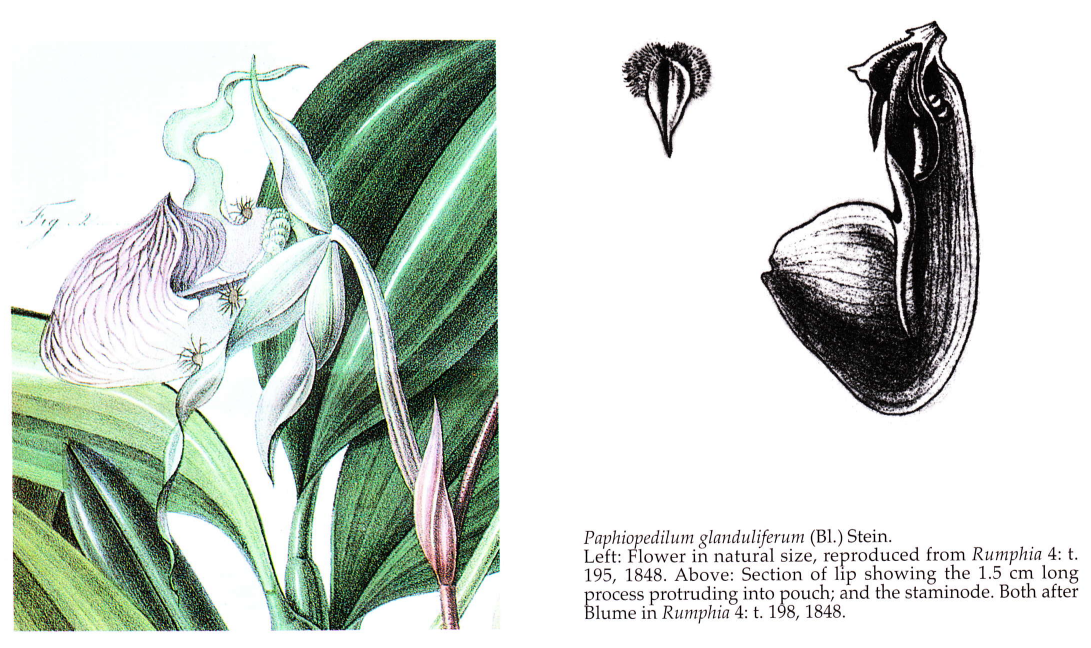
This plant is the oldest species on this complex and was described by BLUME in 1848. Unfortunately, this species has never been rediscovered. The well-preserved herbarium material from the Rijksherbarium Leiden showed a pointed staminodium from this species that has never been found from any other species in this complex.
Although an approximate location of these plants on the island of Sorenarwa / Jobi (Yapen) is said to be known among insiders, no other plants have been spotted. According to stories, there was once a prison camp on this island, from which a large part of the prisoners were released after a revolt, and nobody dares to go to this island to collect plants anymore.
Paphiopedilum praestans REICHENB. f.) PFITZ.
These plants are consistently reported from the north-eastern part of Irian Jaya and the adjacent islands of Waigeo, Sawatii and Misool. Plants with slightly reddish foliage on the underside of the leaves are believed to be from Fak-fak (see map below).
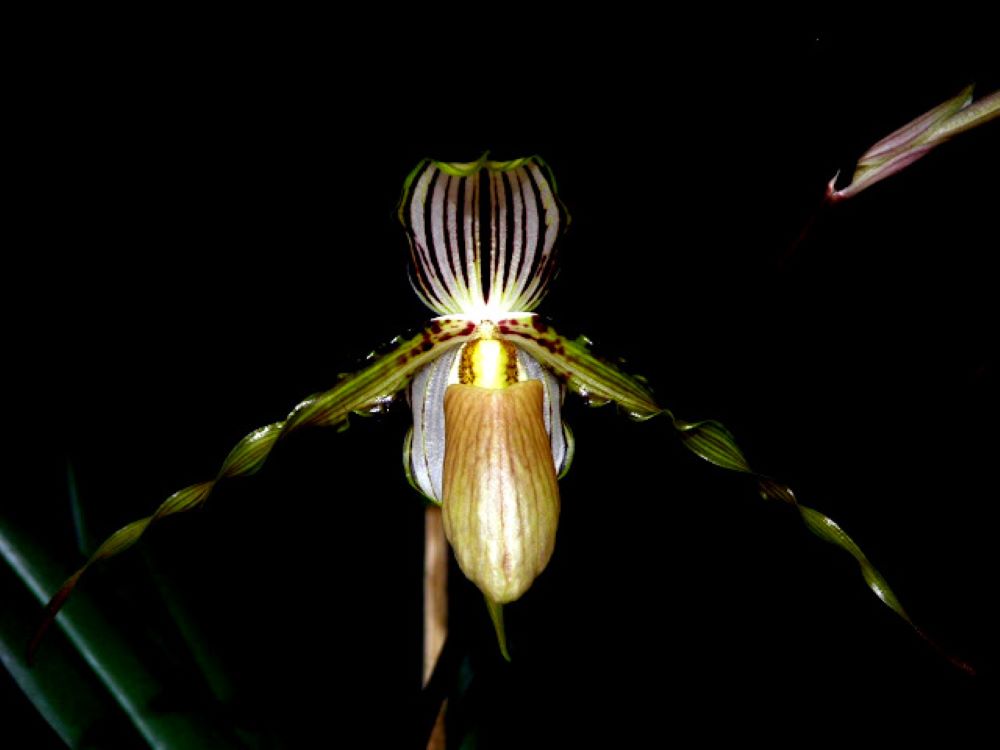
In Mrs. LEWI's already mentioned plant collection, plants have blossomed whose blossoms are almost 1/3 smaller than those of Paph. praestans were. These plants are known as Paph. bodegomii - possibly Wissel Lake is mentioned as the place of origin.
However, since there were no other plant finds of this type/variety, it is difficult to determine further.
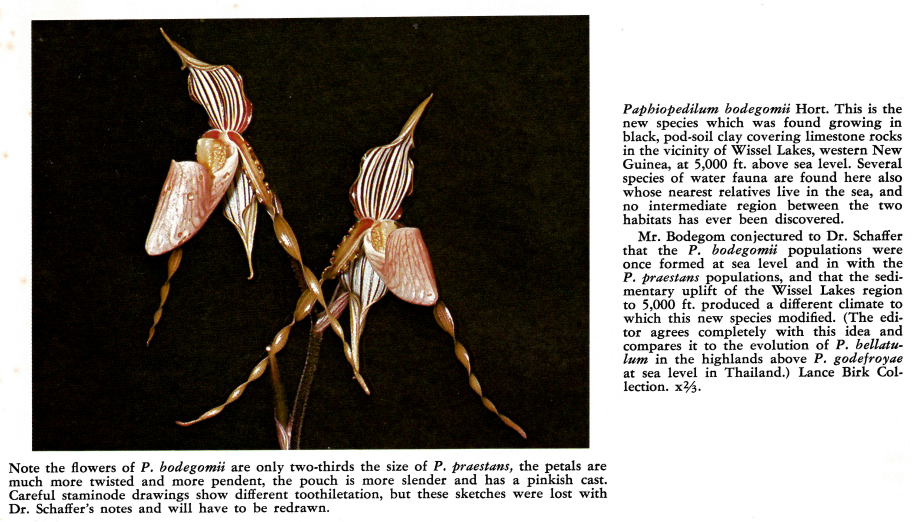
Also the Paph. praestans var. kimballianum (LINE) PFITZ. available as a drawing has never been found again.
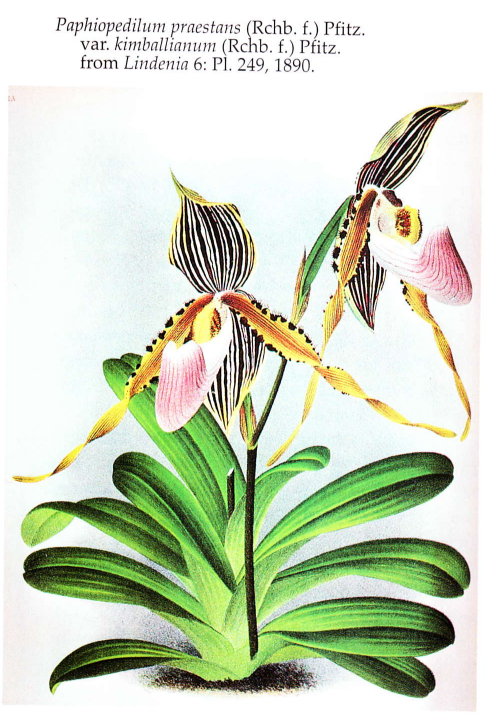
Paphiopedilum wilhelminiae (Lo. Wms.)
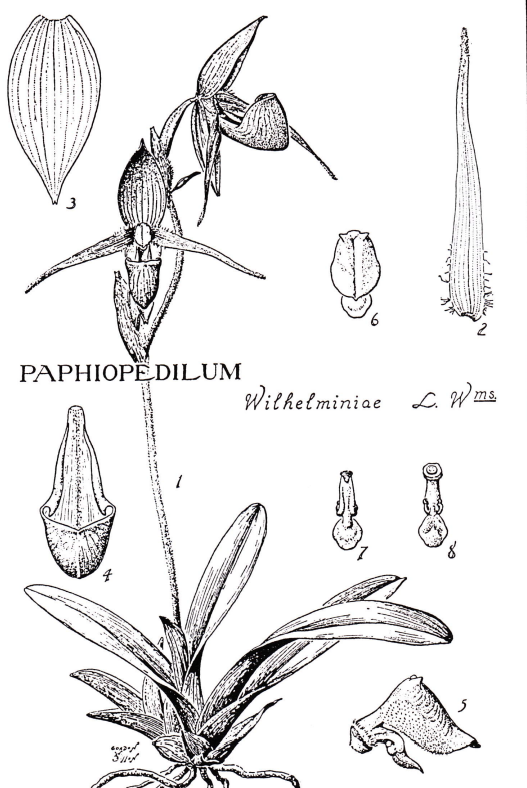
Dr. GARAY has studied the herbarium and drawings of this species several times and has come to the conclusion that this plant has not been cultivated in our country in recent years.
The petals of this plant do not show any twists in the drawing, nor do the edges of the petals wave. In addition, the color of the flowers is uniformly purple.
According to insiders, these plants are said to grow on Mount Wilhelm and have been confirmed from there several times. However, this area is characterized by constant tribal wars by the local population, which make field research and thus a possible rediscovery almost impossible.
Paphiopedilum gardineri (GUILLEM.) PFITZER
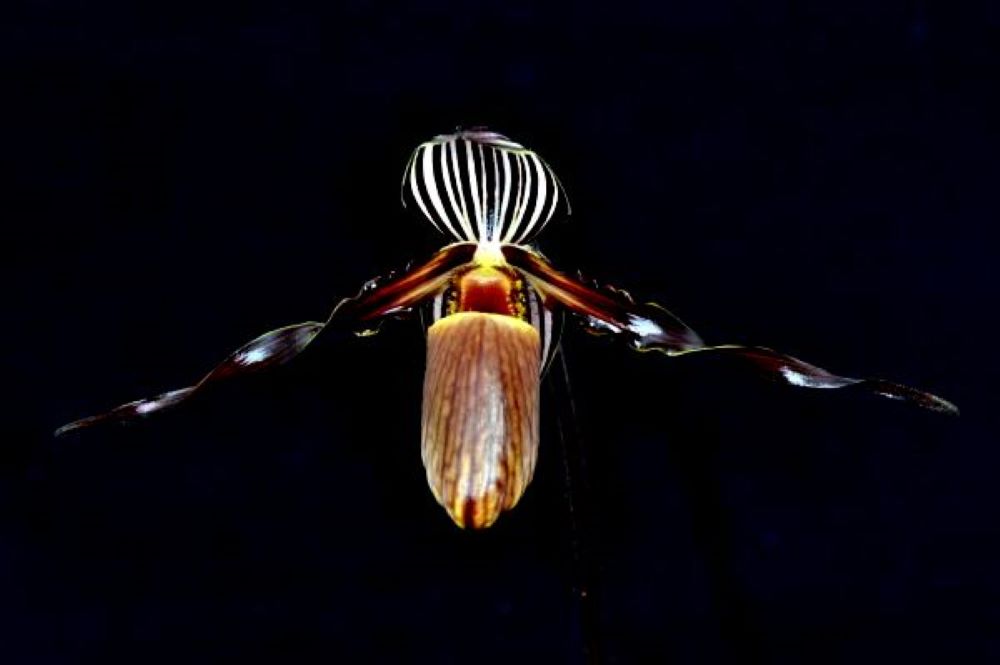
The identity of this species has not been published since its sparse description and illustration in 1886. Plants of this species have been shown again and again, which show a completely different Staminode from the other species. Later plant finds show the Wissel Lake and the Baliem Tam in Irian Jaya as places of origin.
As far as the professional classification of Dr. GARAY using the herbarium specimens, drawings and pictures available at the time of plants from this complex. He was irritated that Dr. CRIBB ignored his detailed facts and both the Paph. glanduliferum and the Paph. wilhelminiae as separate species in his book on Paphiopedilum (1987). Paph. praestans and Paph. gardinerii according to CRIBB, are only synonyms of both species.
The Paph. praestans was again classified as a separate species by publications of subsequent taxonomists because the Paph. glanduliferum is now considered lost.
Paph. wilhelminiae is still classified as a good species by most taxonomists today, although the herbarium and available drawings reviewed by GARAY show otherwise.
There will probably only be a final clarification when plants from Mt. Wilhelm can actually be shown.
In this article I follow the opinion of GARAY, which is also supported by some experts here in Germany: Both Paph. praestans and Paph. gardinerii are presented as species - Paph. glanduliferum and Paph. wilhelminiae are considered lost.
If you compare the staminodes of both species, you can easily tell the species apart.
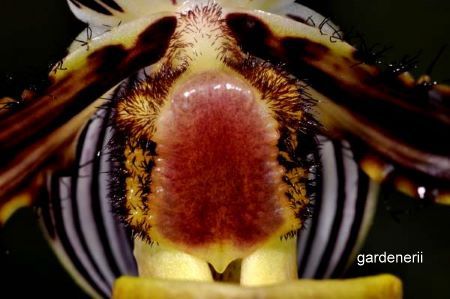
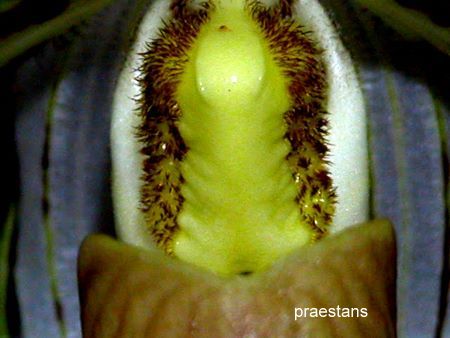
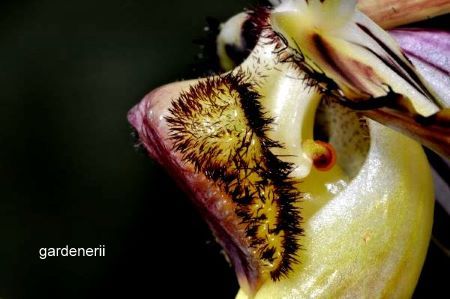
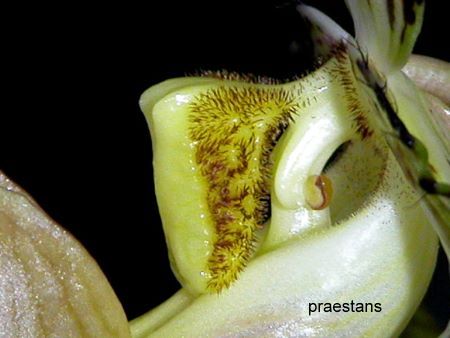
Paph. praestans
This species is distributed on some islands in Irian Jaya (Indonesian part of the island of New Guinea).
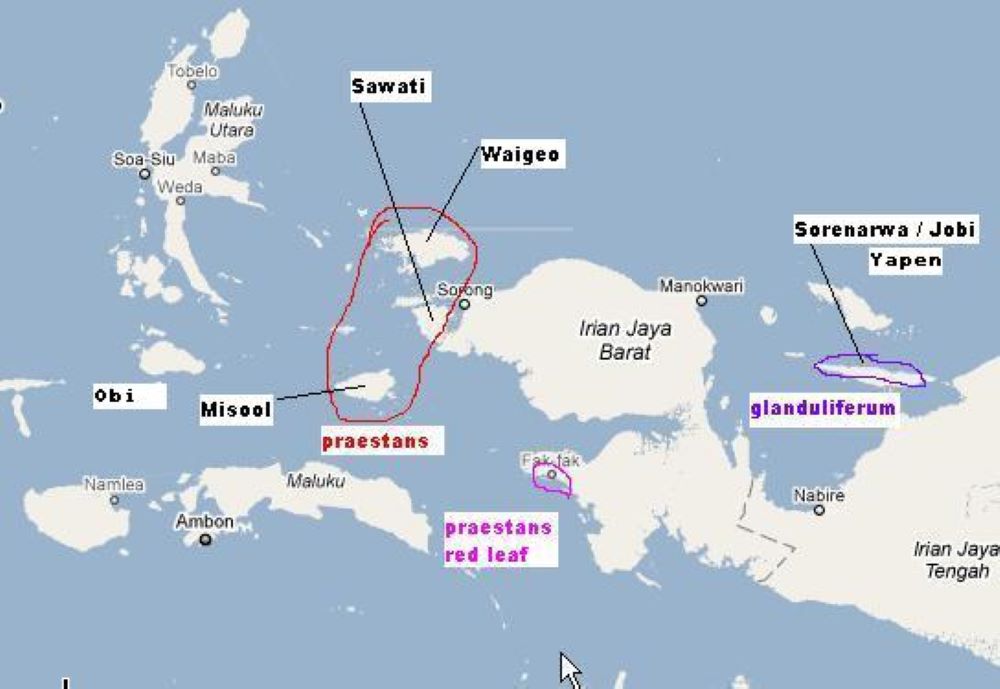
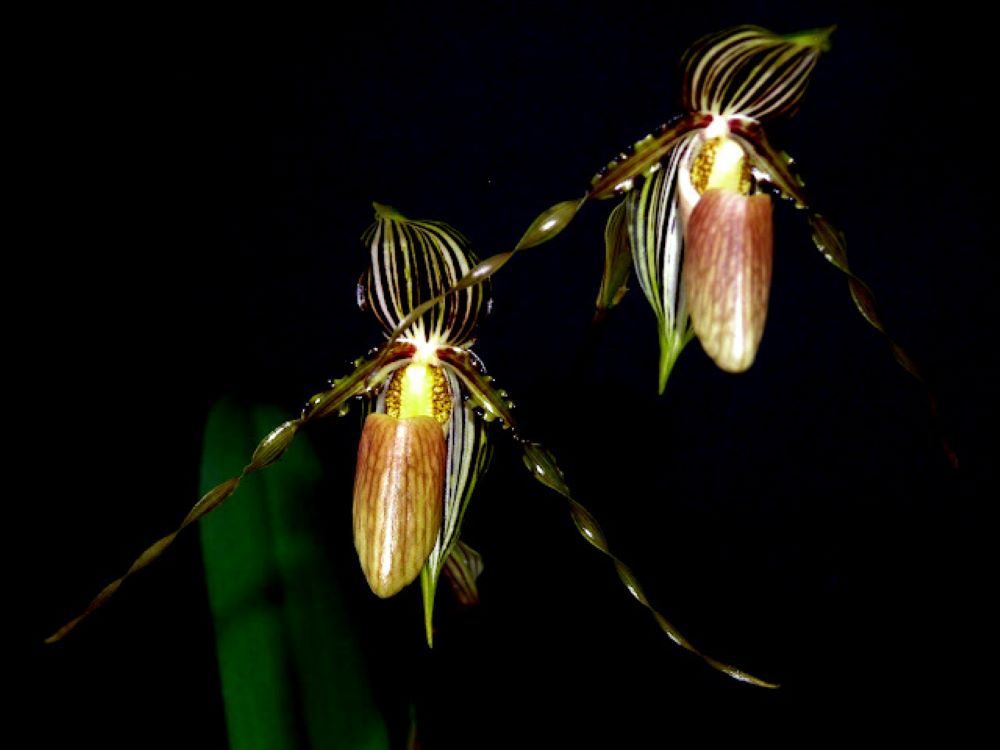
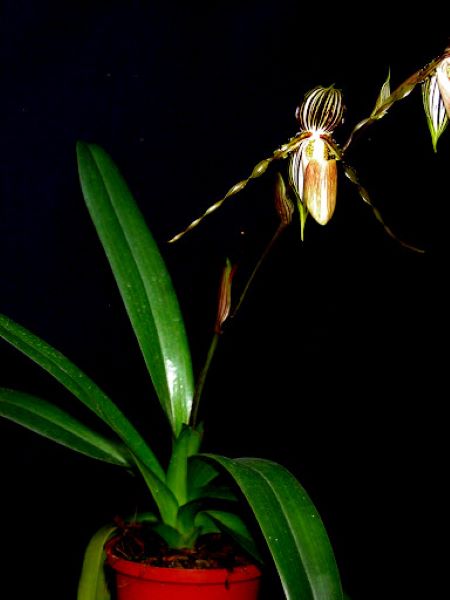

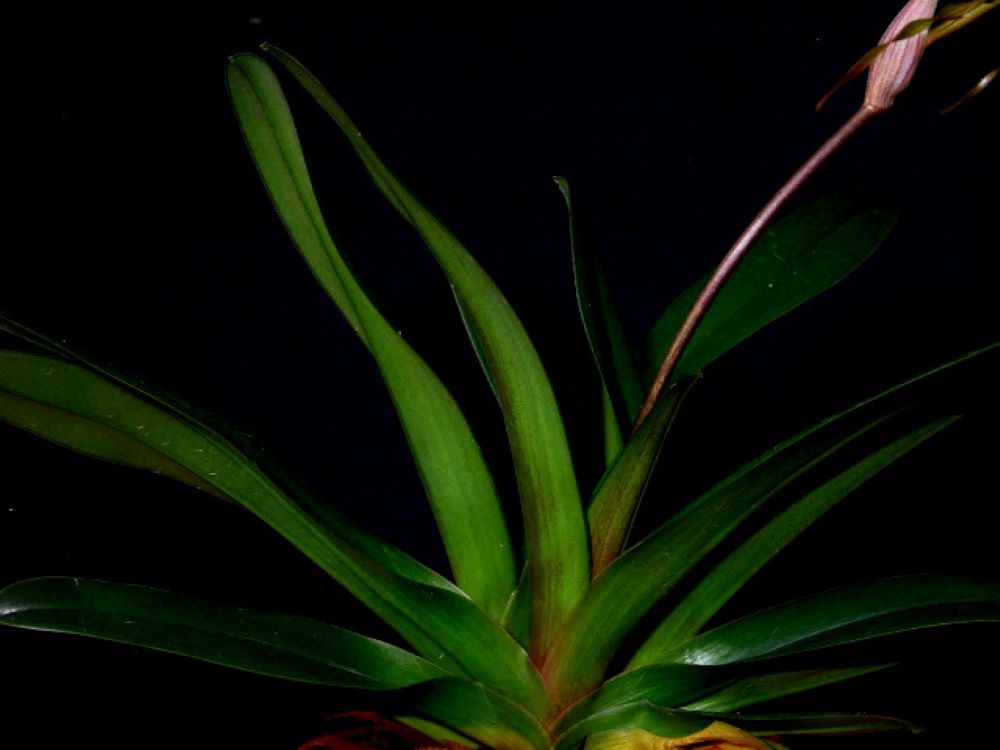
red leave
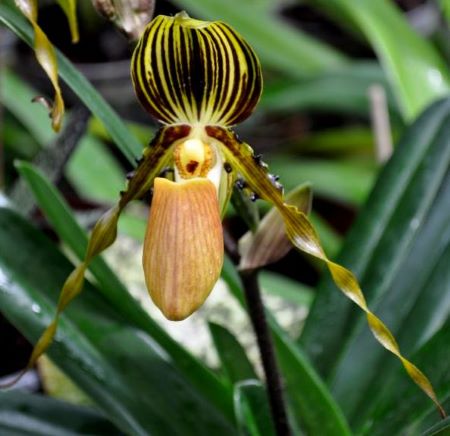
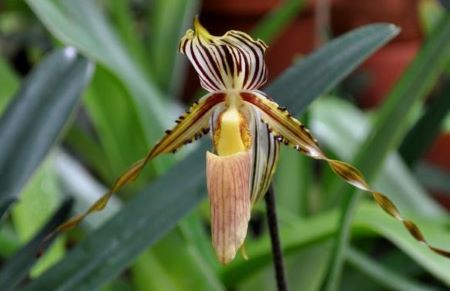
Site photos by Herbert REISINGER and Rolf HERRMANN
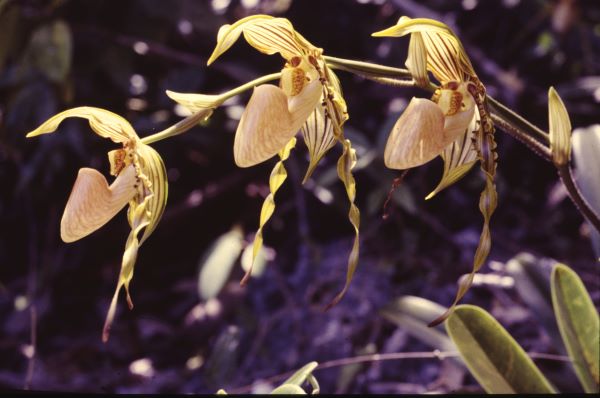
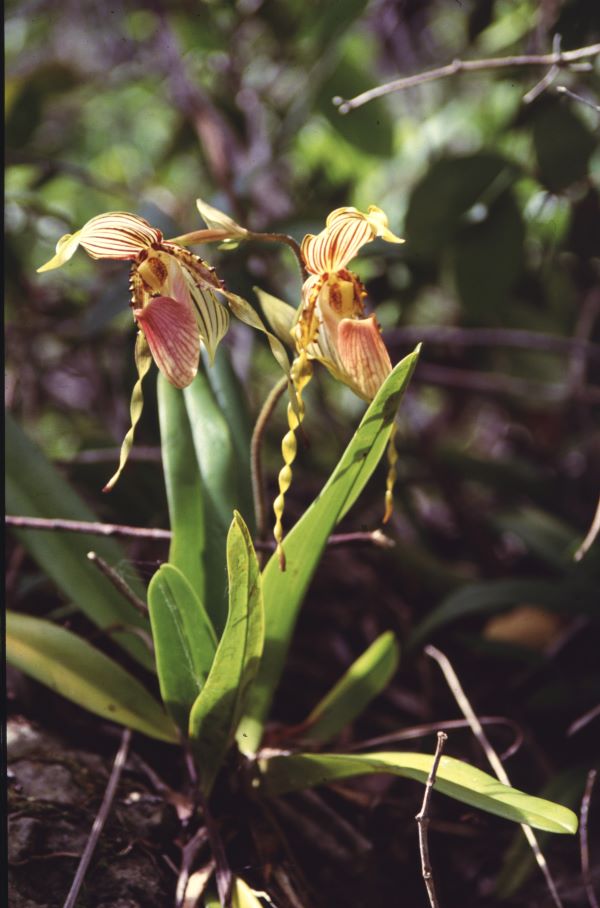
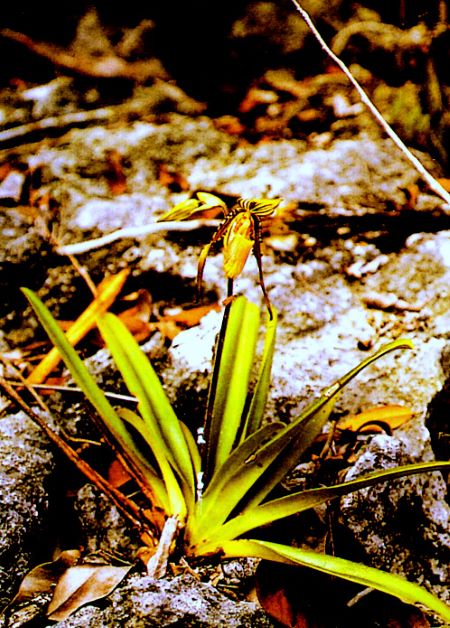
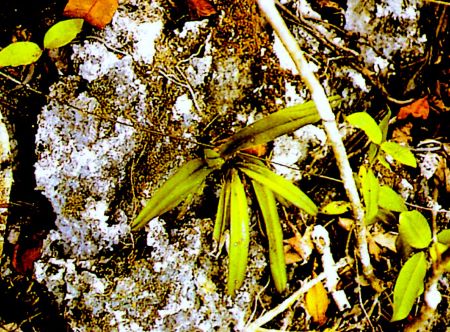
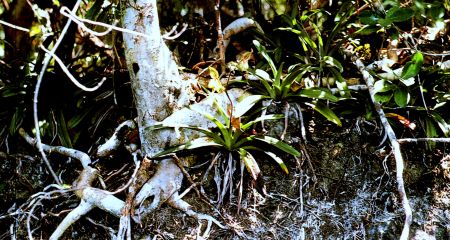
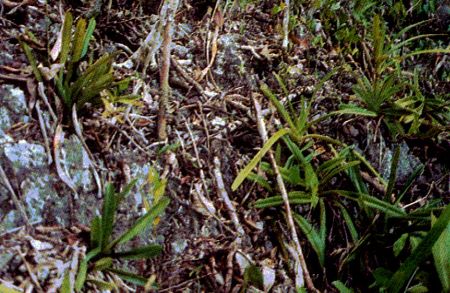
These plants are often found together with Vandopsis lissiochiloides directly in the coastal area. The plants should therefore be cultivated in a warm house.
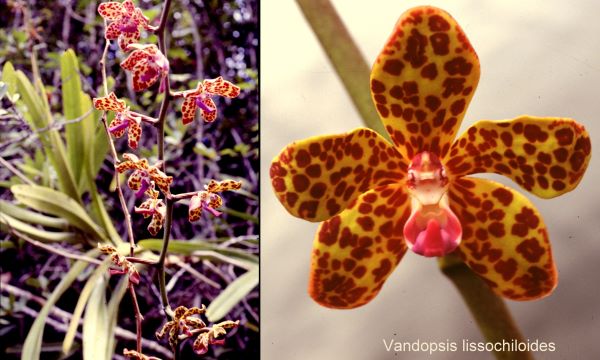
In 2013 plants from Paph. praestans was introduced to Europe from the island of Obi. According to the collector, the plants were found up to a height of 200 meters and then again from 800 meters. It was not possible to determine whether the plants from these different locations flowered differently because the plants were sold off quickly.
It was hoped that with these plants the lost Paph. glanuduliferum had been found again. When the first plants came into flower, the disappointment was great at first - it wasn't the missed Paph. glanduliferum, but a new variety that has been described by Olaf GRUSS:
Paph. praestans var. bicornutum GRUSS
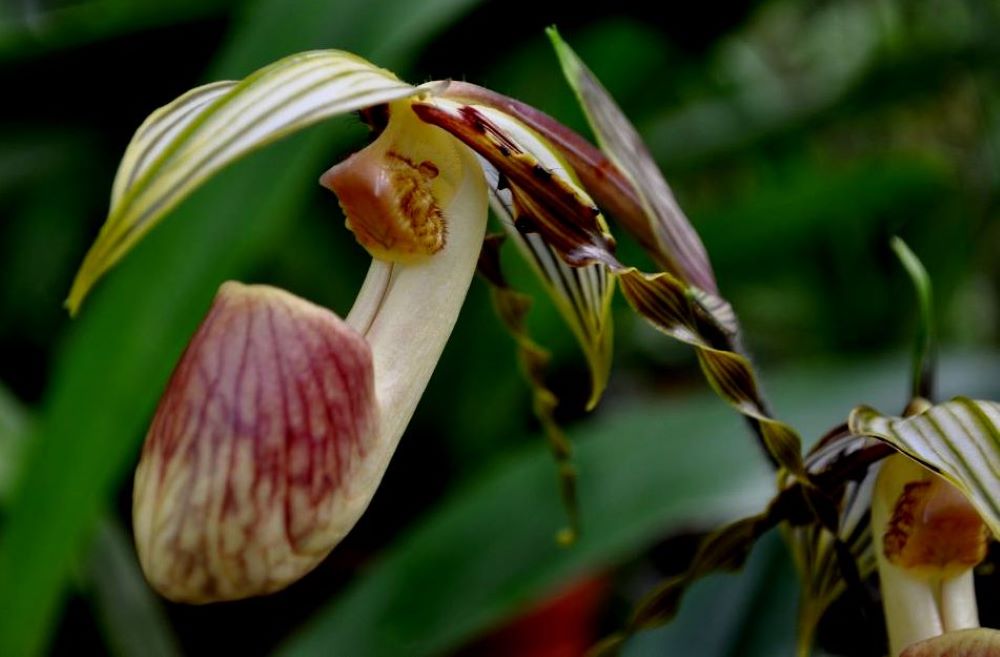
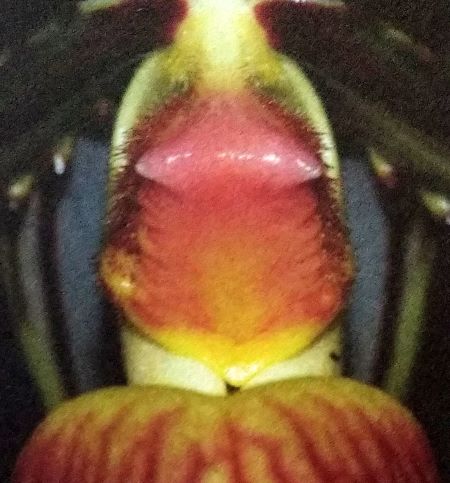
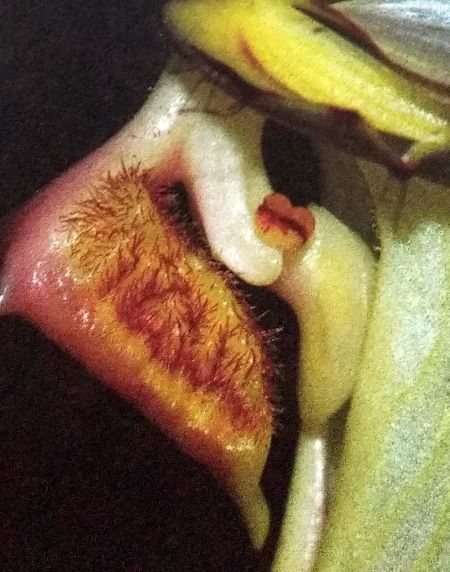
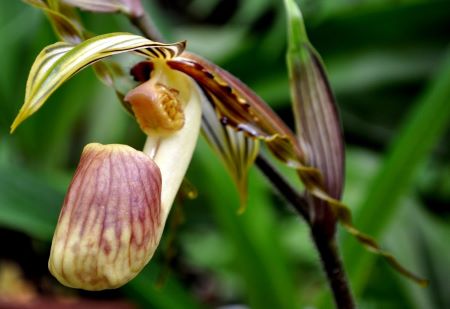
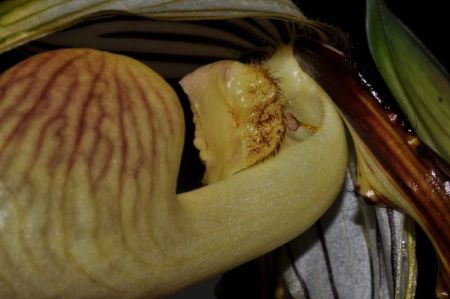
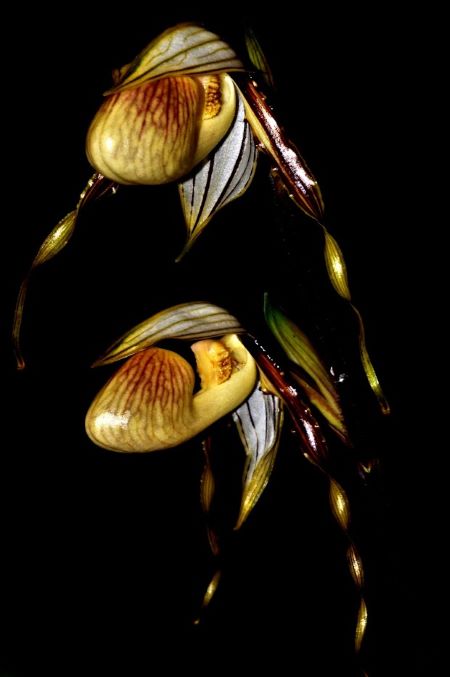
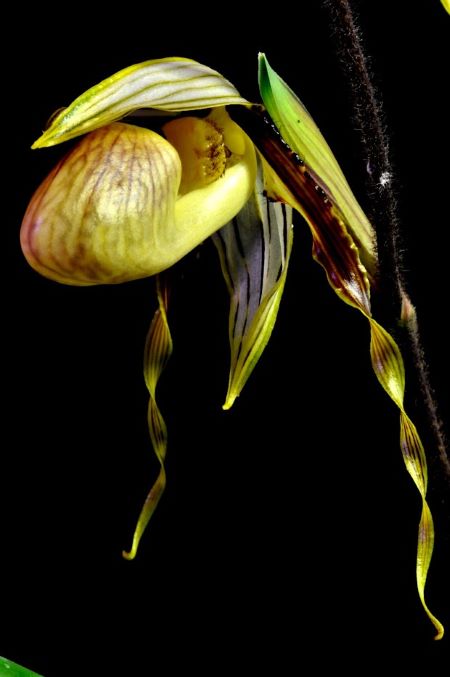
Paphiopedilum gardineri
The Paph. gardinerii is also widespread, growing in some valleys in the mountains of Irian Jaya as well as New Guinea
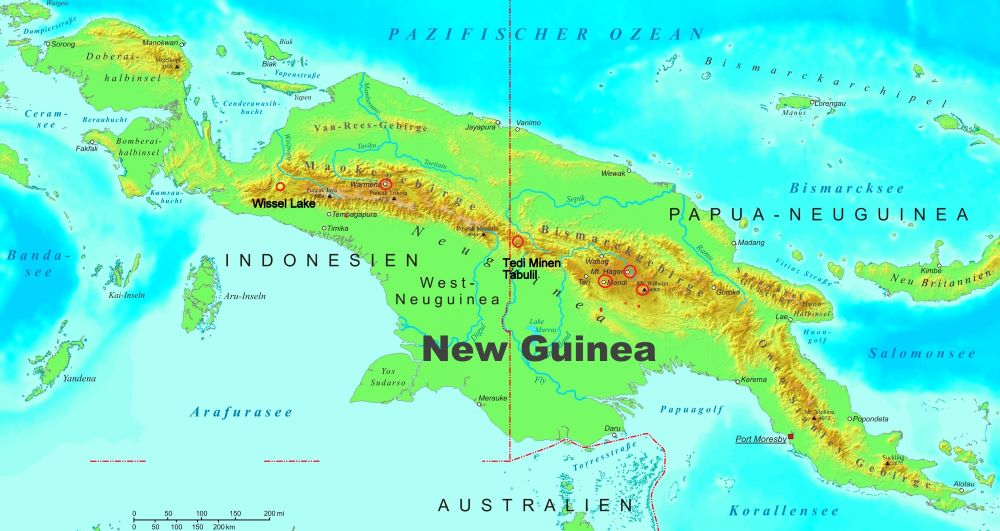
Location Wissel Lake:
There are hardly any pictures of Paph. gardinerii from Wissel Lake - this is supposed to be a plant from there:
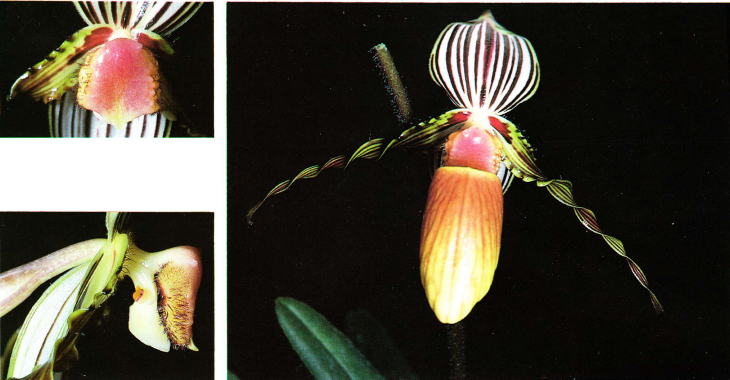
In a travel report by Ch'ien C. Lee from his old website www.Wildborneo.com.my, the following picture is said to have been taken at Lake Wissel. I have written to Ch'ien Lee several times, but unfortunately have not received a reply. Therefore, this picture can only be seen as a link.
https://www.flickr.com/photos/25872797@N02/50770415457/in/photostream/
In the years arround 1990 there are a few plants from Paph. gardinerii appeared in the cultures said to have originated in the Baliem Valley in Irian Jaya. Indeed, during an expedition to Irian Jaya, plants of it were found in the Baliem Valley near the town of Wamena at an altitude of 1600 meters and later brought to Europe. Based on the shape of the staminode, these plants were named Paph. gardinerii.
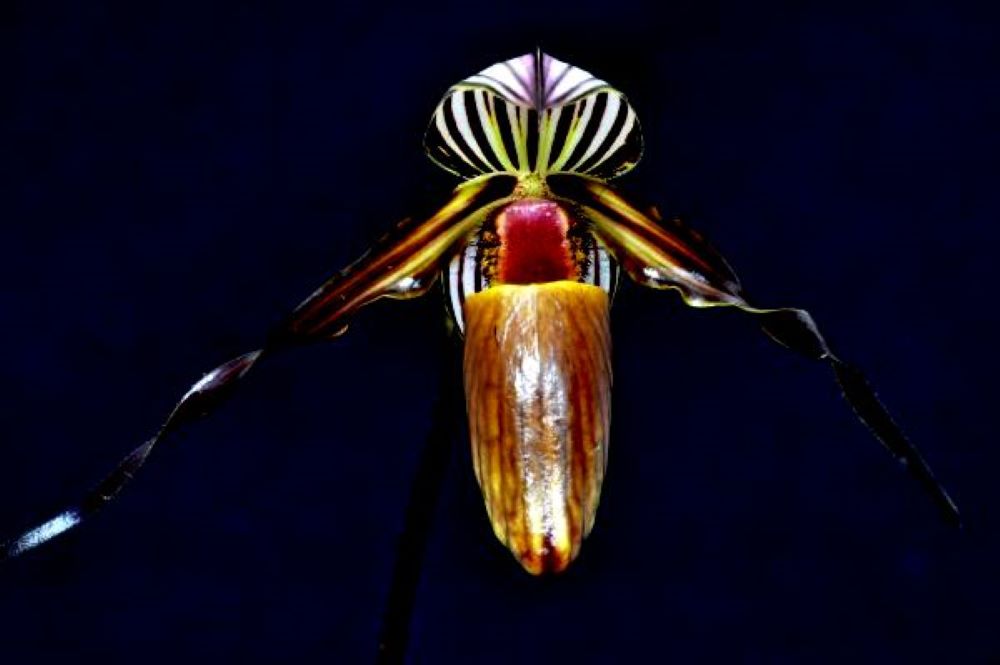

Pictures of Herbert REISINGER and Rolf HERRMANN from the locations:
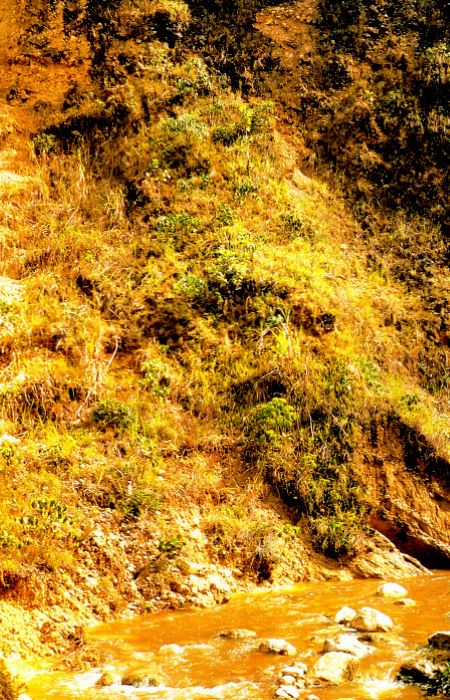
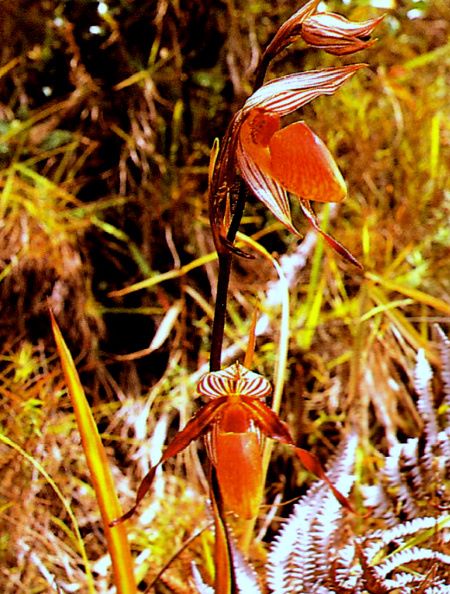
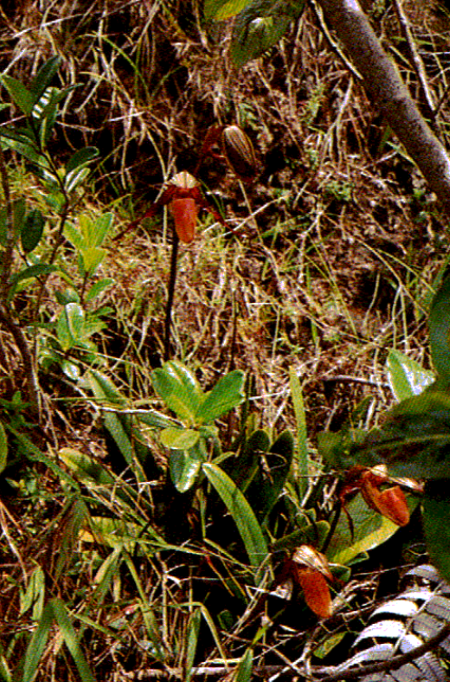
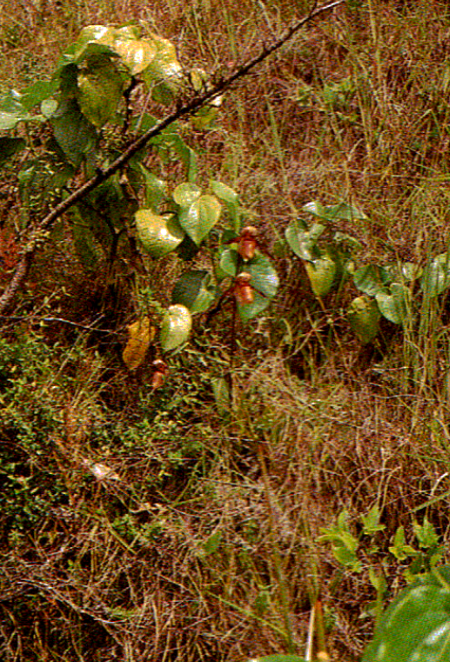
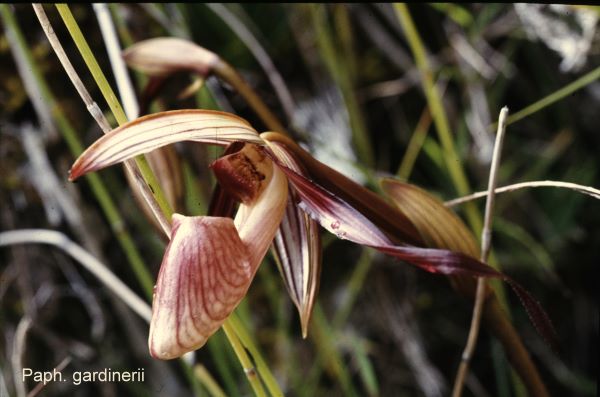
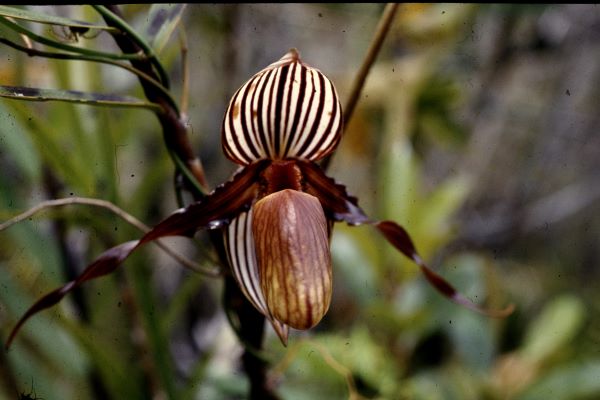
In 1978, T. REEVE discovered a rather yellowish variant of Paph. gardinerii in the highland region (1200-1800 meters) of Papua New Guinea near the town of Mindi and Mt. Hagen, then published in Lasianthera magazine in 1996 as Paph. striatum has been described. The description was presented in the german journal of orchid friends.
Paphiopedilum striatum (CLEMENT at JONES)
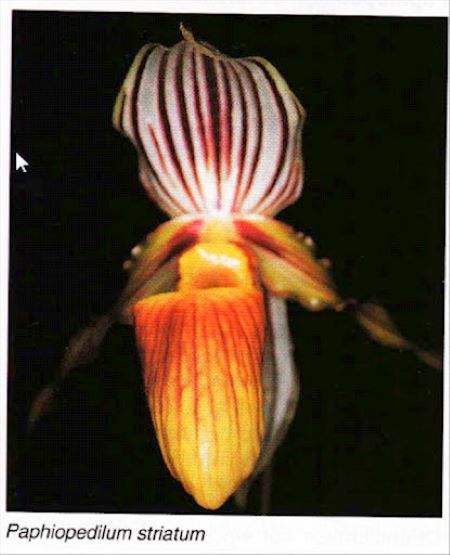
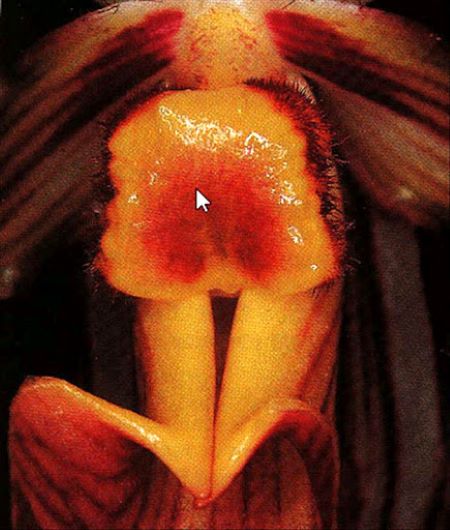
This species has been reproduced several times by Roger KRAMER from Australia and flowering plants have received awards from the Australian Orchid Society
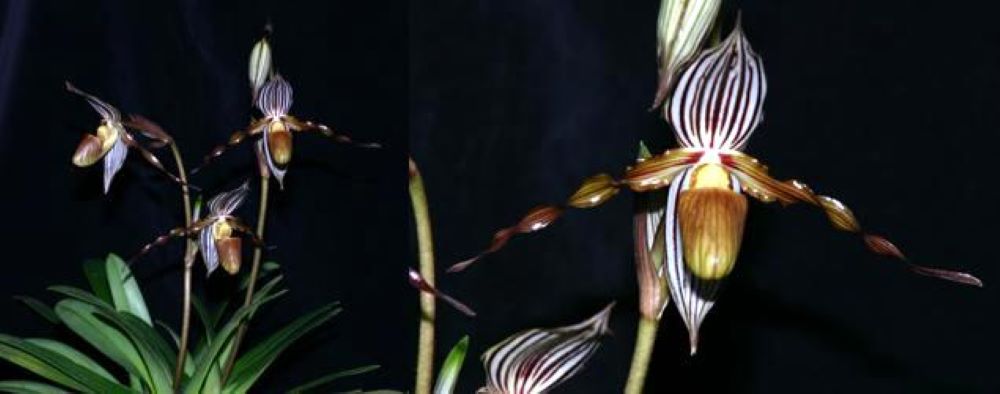
In 2016, during a Papua expedition, the site of Paph. striatum was visited. The following photos were taken during this time.
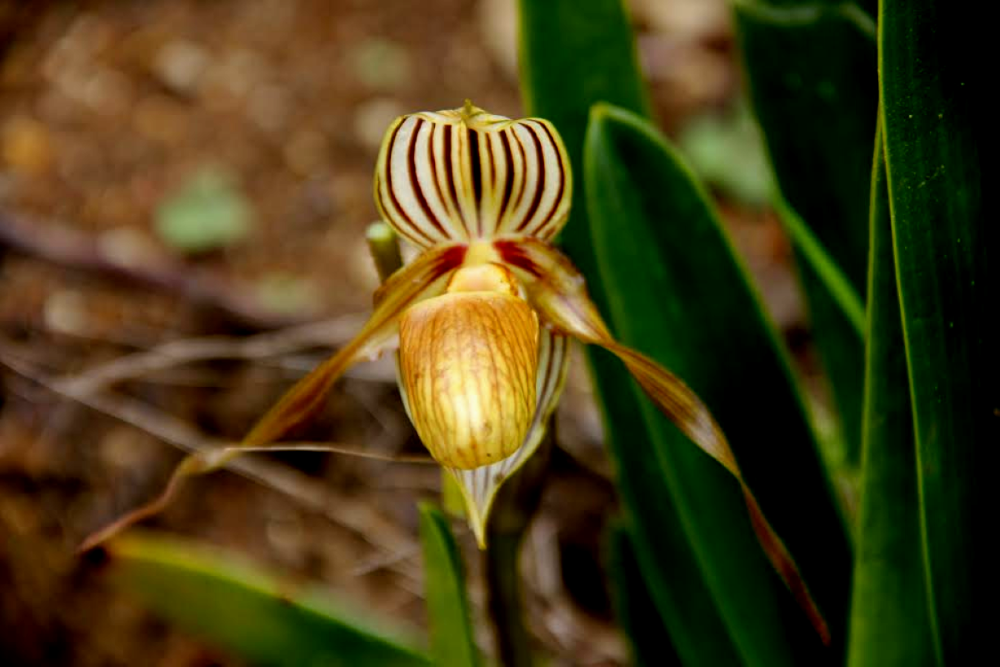
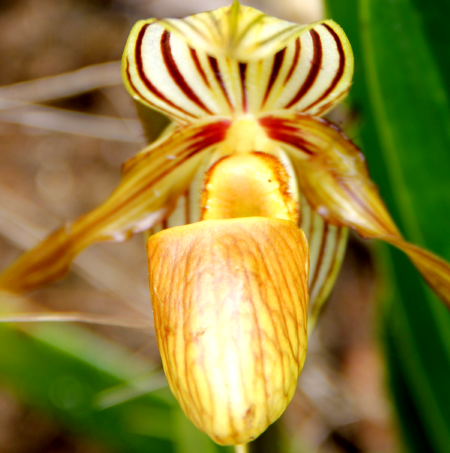
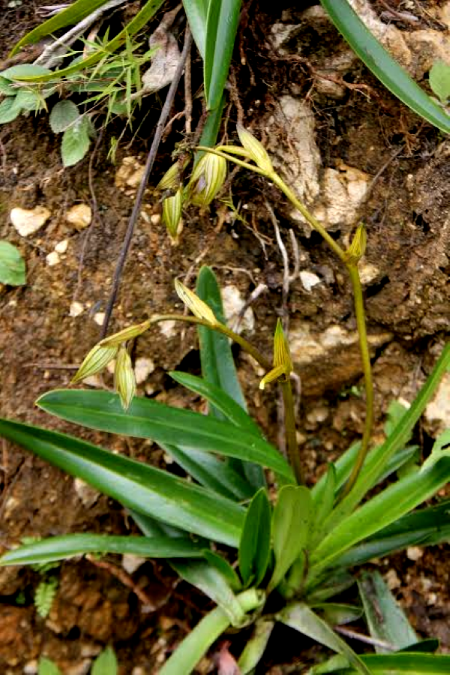
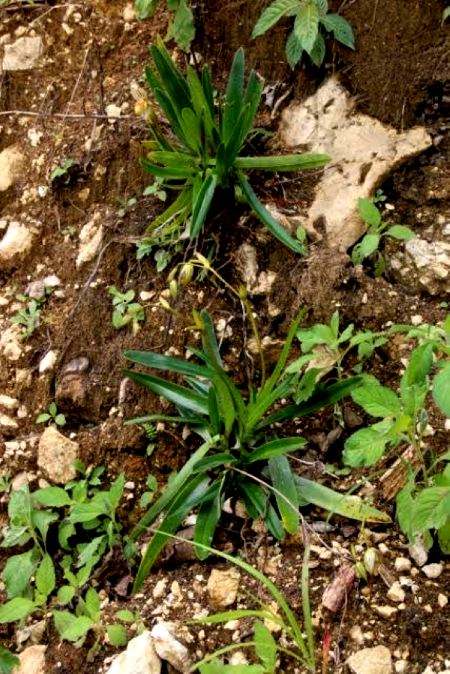
On Wolfgang BANDISCH's website www.orchidsnewguinea.com there are also plants from Paph. striatum found near the Tedi Mine of Tabulil, which may be shown here:
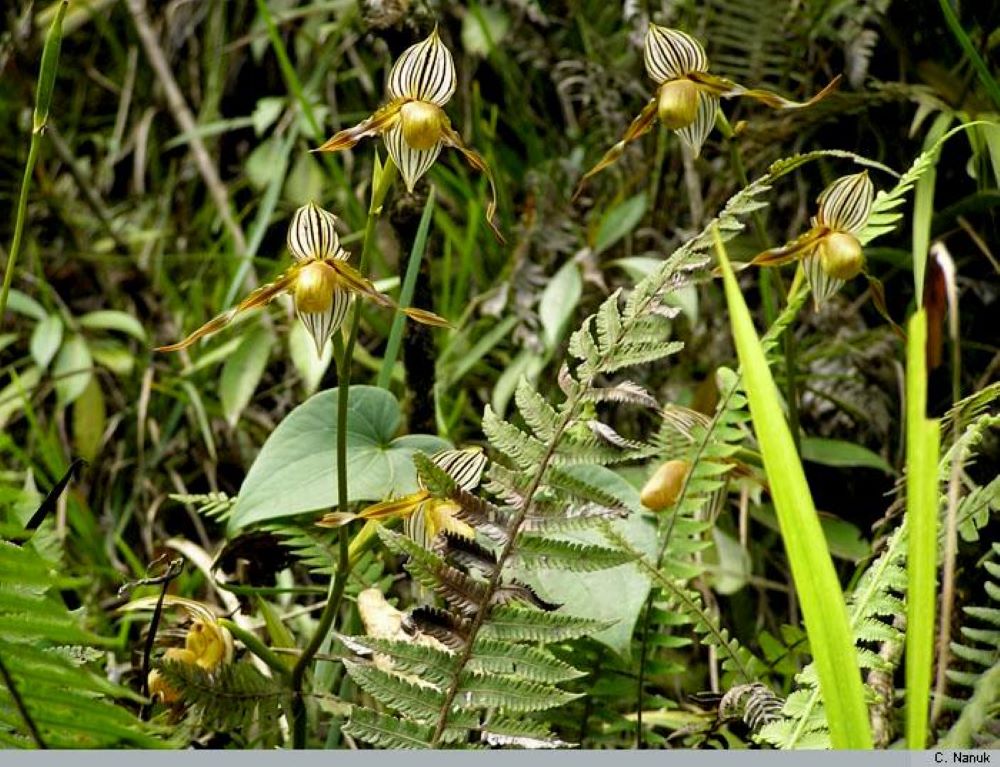
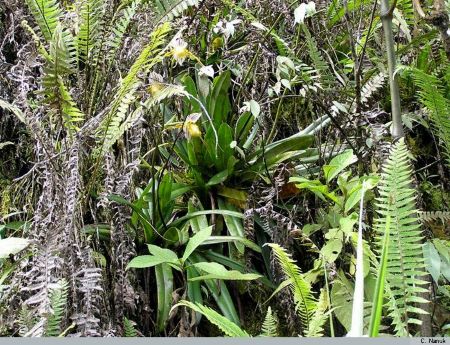
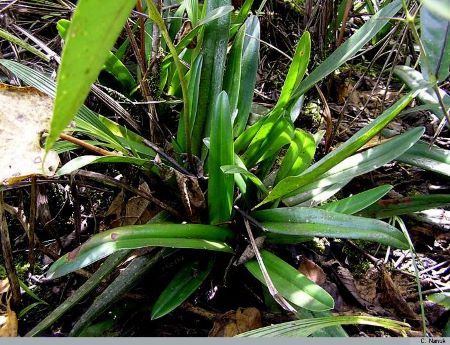
Here are more Paph. striatum from another location:
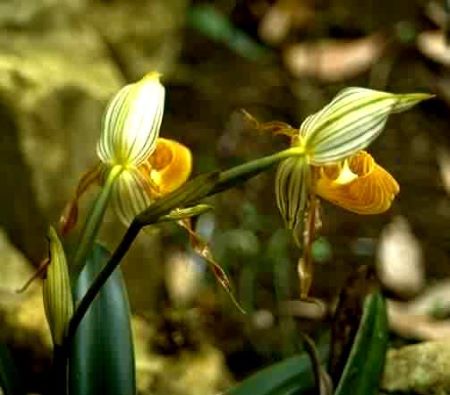
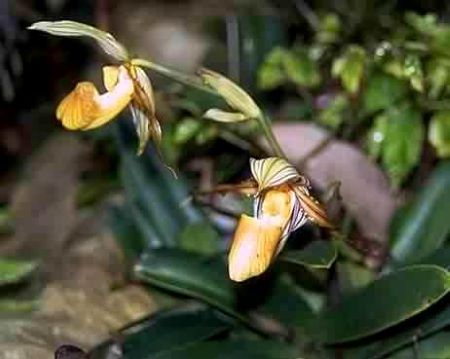
On the map by Wolfgang BANDISCH (www.orchidsnewguinea.com) the marked location (right) of the lost Paph. wilhelminiae remains at Mt. Wilhelm. We eagerly await the rediscovery of this species.
Here is a picture by Rolf HERRMANN that possibly shows this species? Unfortunately, it was not possible to determine when and where this photo was taken:
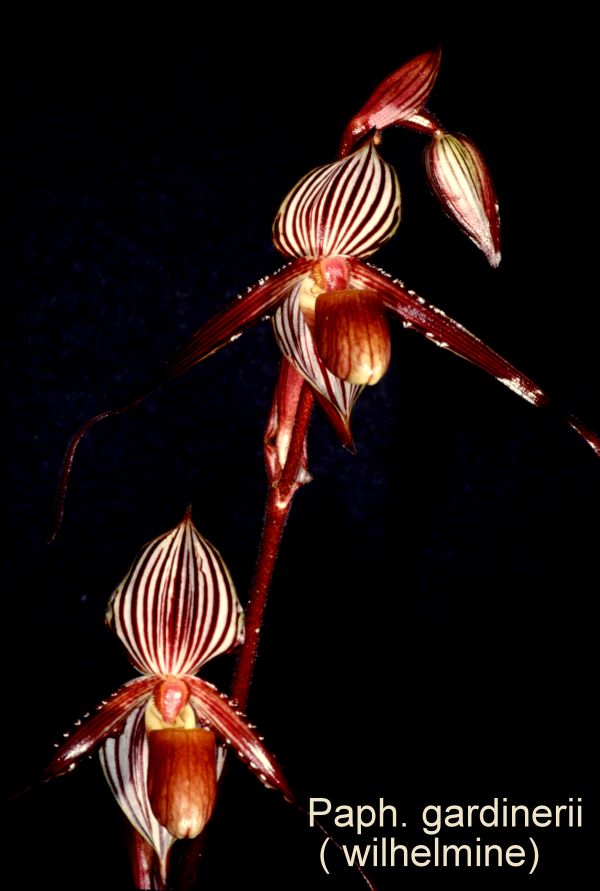
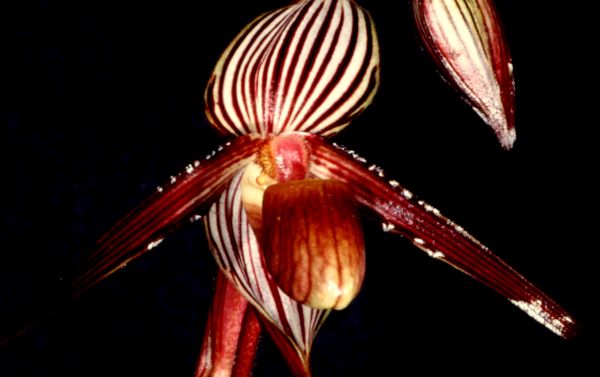
We will only be able to get a final picture of the individual species when we can compare all the plants mentioned here.
More pictures of this individual species you can found here:
https://www.paphs.de/index.php/en/species


